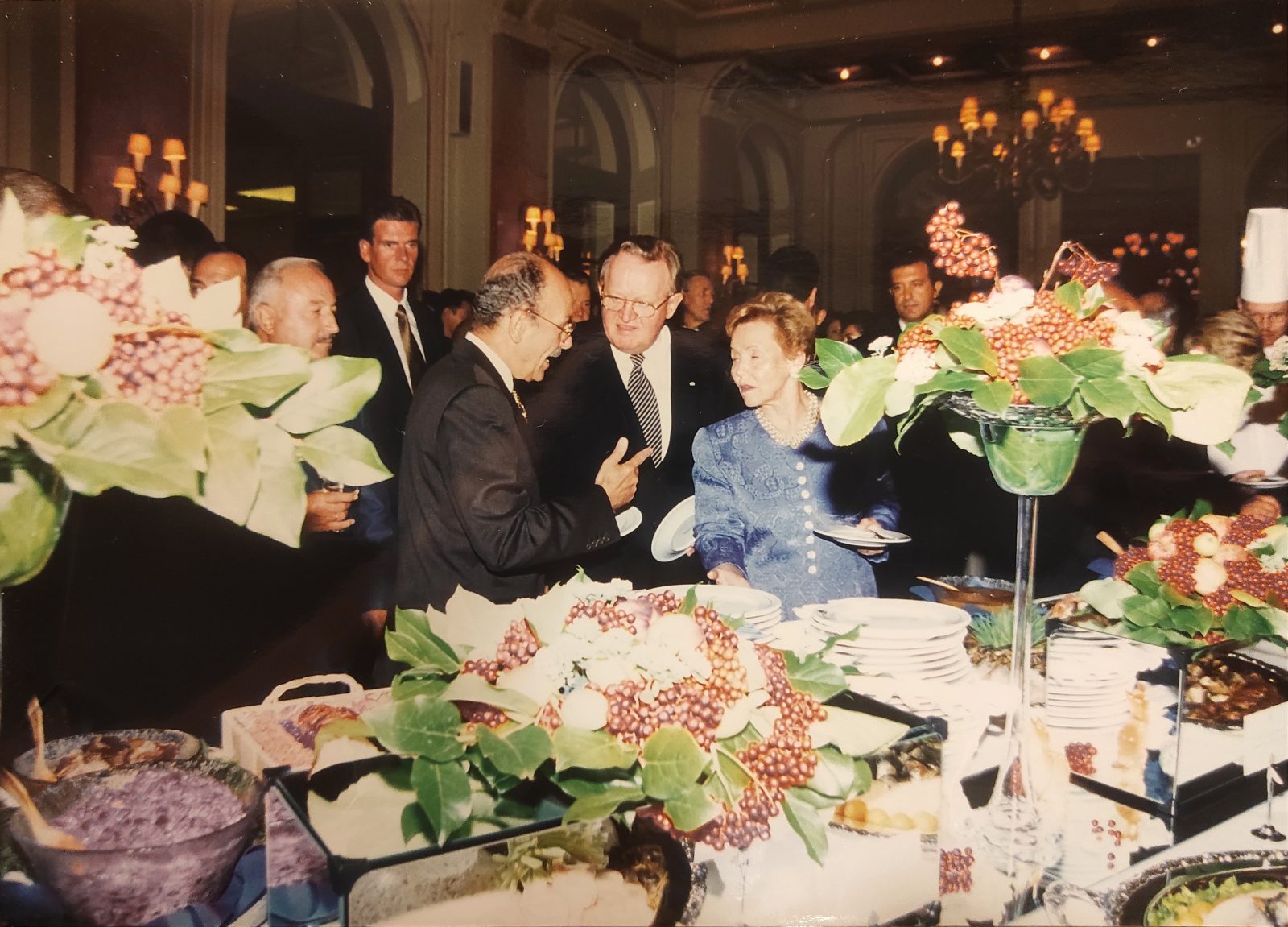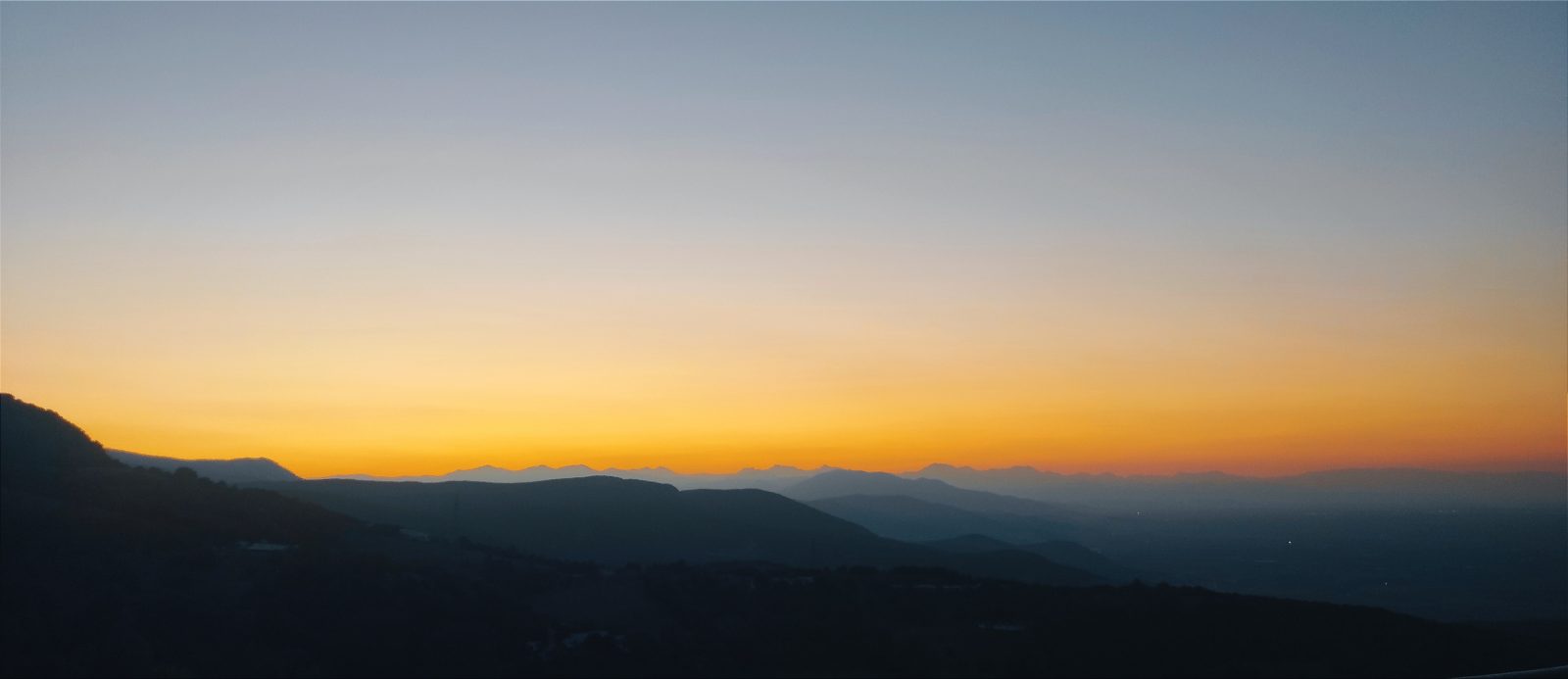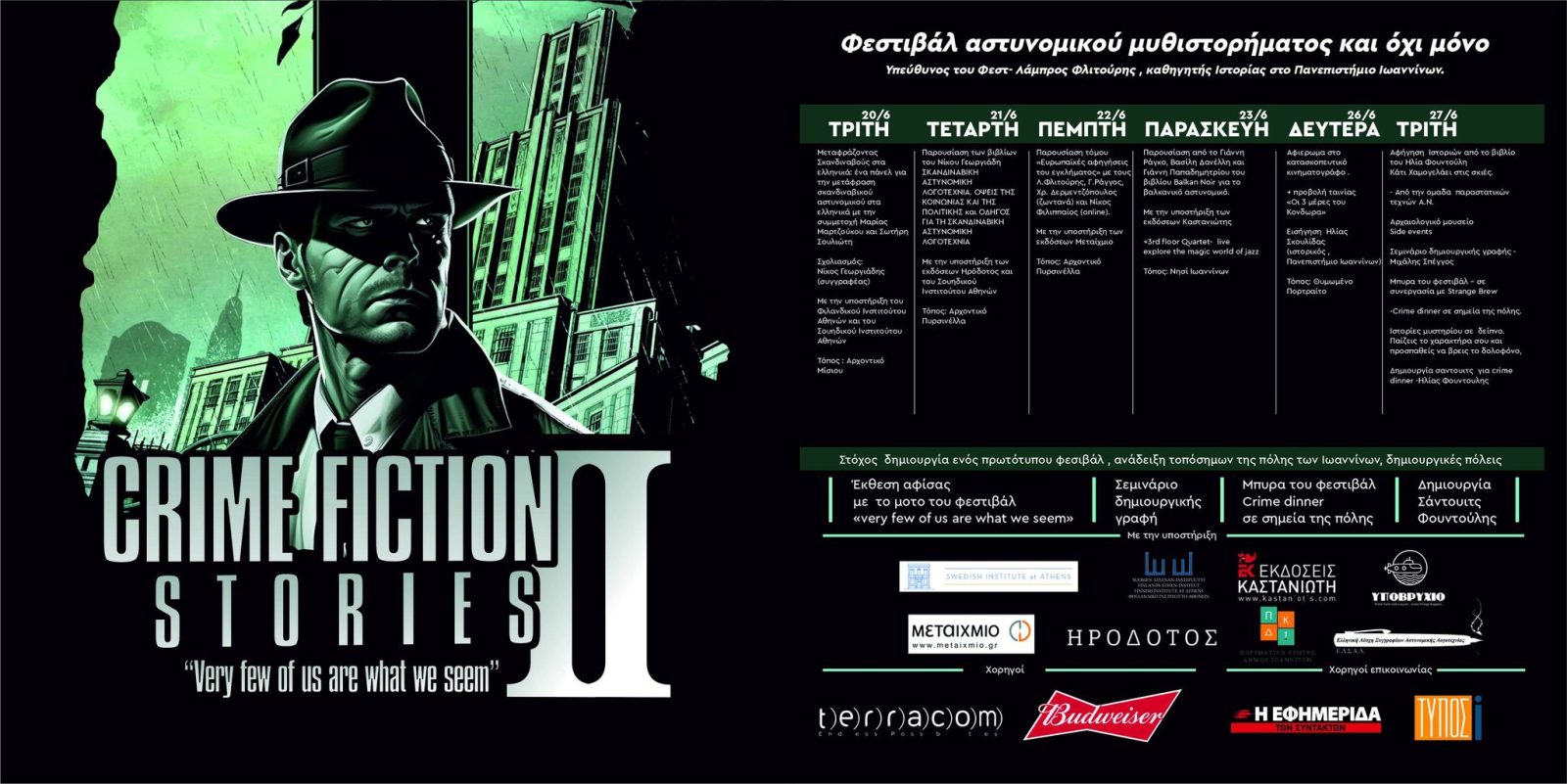On 9 November the Finnish Institute at Athens houses a seminar on the Riace Bronzes on its premises at Zitrou…
The Finnish Institute warmly remembers President Martti Ahtisaari who passed away yesterday on October 16th. Ahtisaari served as the President…
Rethymno Hilly Countryside Archaeological Project (ReHCAP) is an interdisciplinary regional archaeological project of the Finnish Institute at Athens, co-directed by…
On 21–22 September, the Finnish Institute at Athens – together with the Swedish Institute at Athens, l’Université Paris I, l’Université…
The Melitaia Archaeological Programme (MELAP) is a co-operation between the Ephoreia of Antiquities of Phthiotida and Evrytania and the Finnish Institute at Athens.
Maria Martzoukou will represent the Institute at the festival Crime Fiction Stories II in Ioannina. She will participate in a panel concerning the translation of Scandinavian crime fiction on Tuesday the 20th of June at 20:00.
Greece has a long history of documented relationships between people of the same sex. This Pride Month, I would like to discuss the case of one of these individuals. Namely, the mother of sapphism herself, Sappho.
International workshop at the Finnish Institute at Athens, 8-9 June On Thursday 8 June 2023 the Finnish institute has a…
“The works span between 2020 – 2023 and while slightly different in technique or approach, they are all unified by a few common threads, such as my own habits of daily observation in the city and of course my love of printing. For the history-lovers amongst you, there will be some cheeky winks towards Greek history and archeology. Some rougher and unfinished pieces will be showed alongside more finished works, all referencing places, texts, or experiences that have stayed with me.”
Photike is located in the northern part of the Kokytos valley, close to modern Paramythia in Thesprotia. It was a Roman colonial town, probably founded during the reign of Augustus, which later developed into a Medieval episcopal see. Our knowledge of Photike has until now been based on Roman inscriptions and some partly excavated churches dating to the Early Christian and Middle Byzantine periods.










